John Oliver examines U.S. prison labor, finds real-life Shawshank Redemption villains

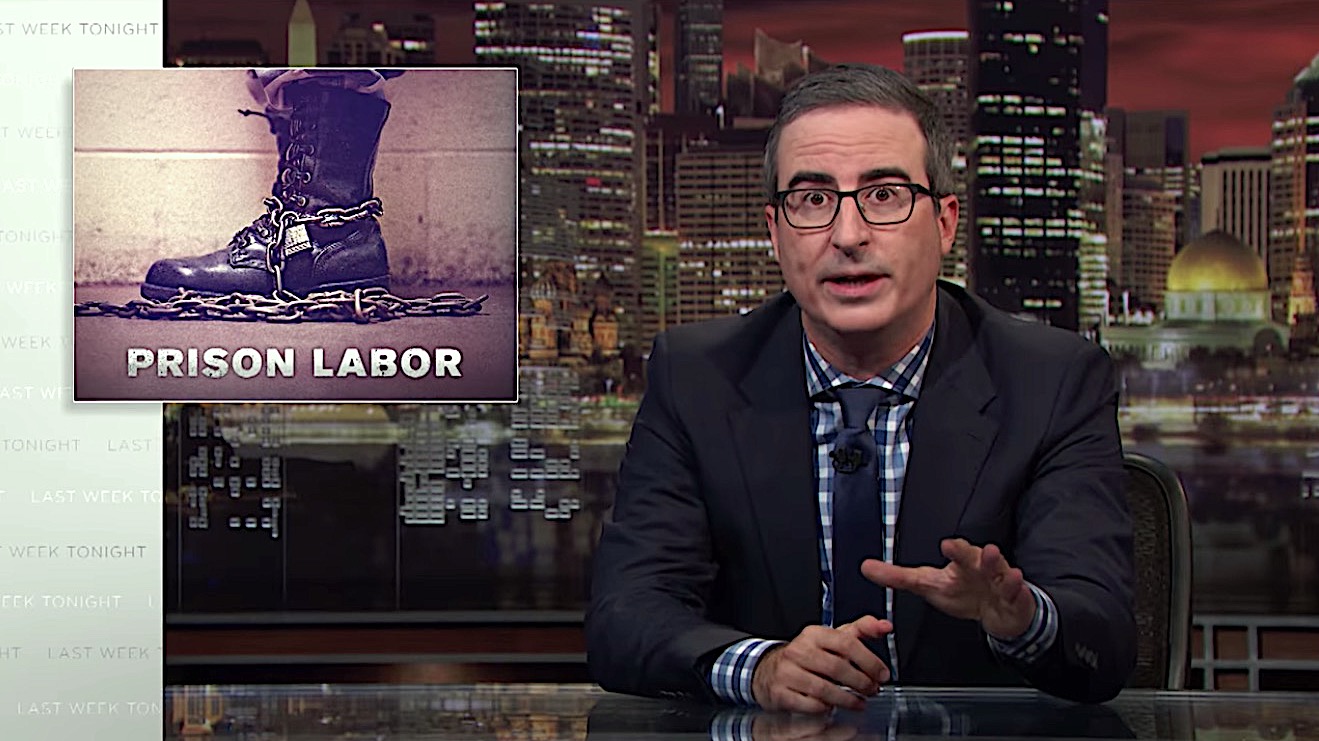
About 60 percent of people in prison actually have jobs, John Oliver said on Sunday's Last Week Tonight. "In fact, prisons are basically operated by the inmates." But "there are some major differences" between jobs inside prisons and on the outside, starting with wages, which average 63 cents per hour in prisons, he said. Some states pay inmates nothing for work they are compelled to do. If that sounds like slave labor, Oliver might not entirely disagree.
"Look, I know to many, inmates are not a naturally sympathetic group of people," as Fox News pundits have illustrated, Oliver said. But while their "crime doesn't pay" argument may sound persuasive, "the truth is, when you combine the low-to-nonexistent wages that prisoners get paid with the surprisingly high costs that they and their families can incur while they're inside, the current system can wind up costing all of us."
One problem with most prisoners "doing routine labor for little to no money" is it "can lead to them being seen less as humans paying their debt to society and more as a pool of virtually free labor," Oliver said, showing one Louisiana sheriff effectively "saying some people need to stay behind bars because they're too valuable as a source of free labor — which is exactly the same plan as the villain in The Shawshank Redemption. Normally to qualify as a Stephen King villain, you have to be something way less stupid, like an evil car or a guy who forgot to wear a coat."
The Week
Escape your echo chamber. Get the facts behind the news, plus analysis from multiple perspectives.

Sign up for The Week's Free Newsletters
From our morning news briefing to a weekly Good News Newsletter, get the best of The Week delivered directly to your inbox.
From our morning news briefing to a weekly Good News Newsletter, get the best of The Week delivered directly to your inbox.
"The current system of low wages and high cost is clearly no good for anyone but for the companies who are somehow managing to massively profit from this," Oliver said, focusing on Securus Technologies and its stranglehold on prisoner interactions with loved ones. "That is just evil," he said. "'Machine that makes money by stopping people from seeing their families' sounds like an item at the top of Satan's Amazon wish list." (There's NSFW content.) Peter Weber

A free daily email with the biggest news stories of the day – and the best features from TheWeek.com
Peter has worked as a news and culture writer and editor at The Week since the site's launch in 2008. He covers politics, world affairs, religion and cultural currents. His journalism career began as a copy editor at a financial newswire and has included editorial positions at The New York Times Magazine, Facts on File, and Oregon State University.
-
 Political cartoons for January 19
Political cartoons for January 19Cartoons Monday's political cartoons include Greenland tariffs, fighting the Fed, and more
-
 Spain’s deadly high-speed train crash
Spain’s deadly high-speed train crashThe Explainer The country experienced its worst rail accident since 2013, with the death toll of 39 ‘not yet final’
-
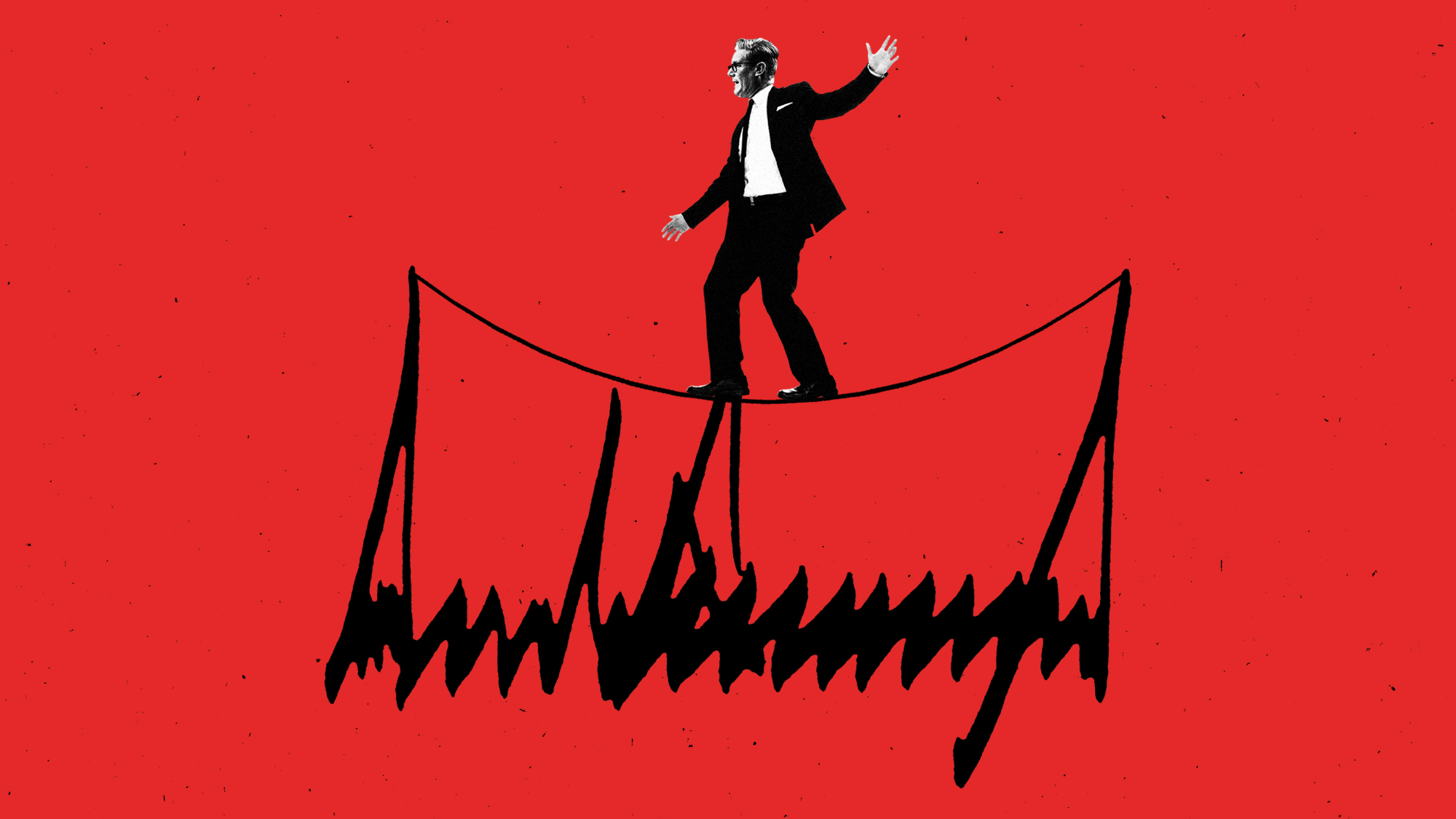 Can Starmer continue to walk the Trump tightrope?
Can Starmer continue to walk the Trump tightrope?Today's Big Question PM condemns US tariff threat but is less confrontational than some European allies
-
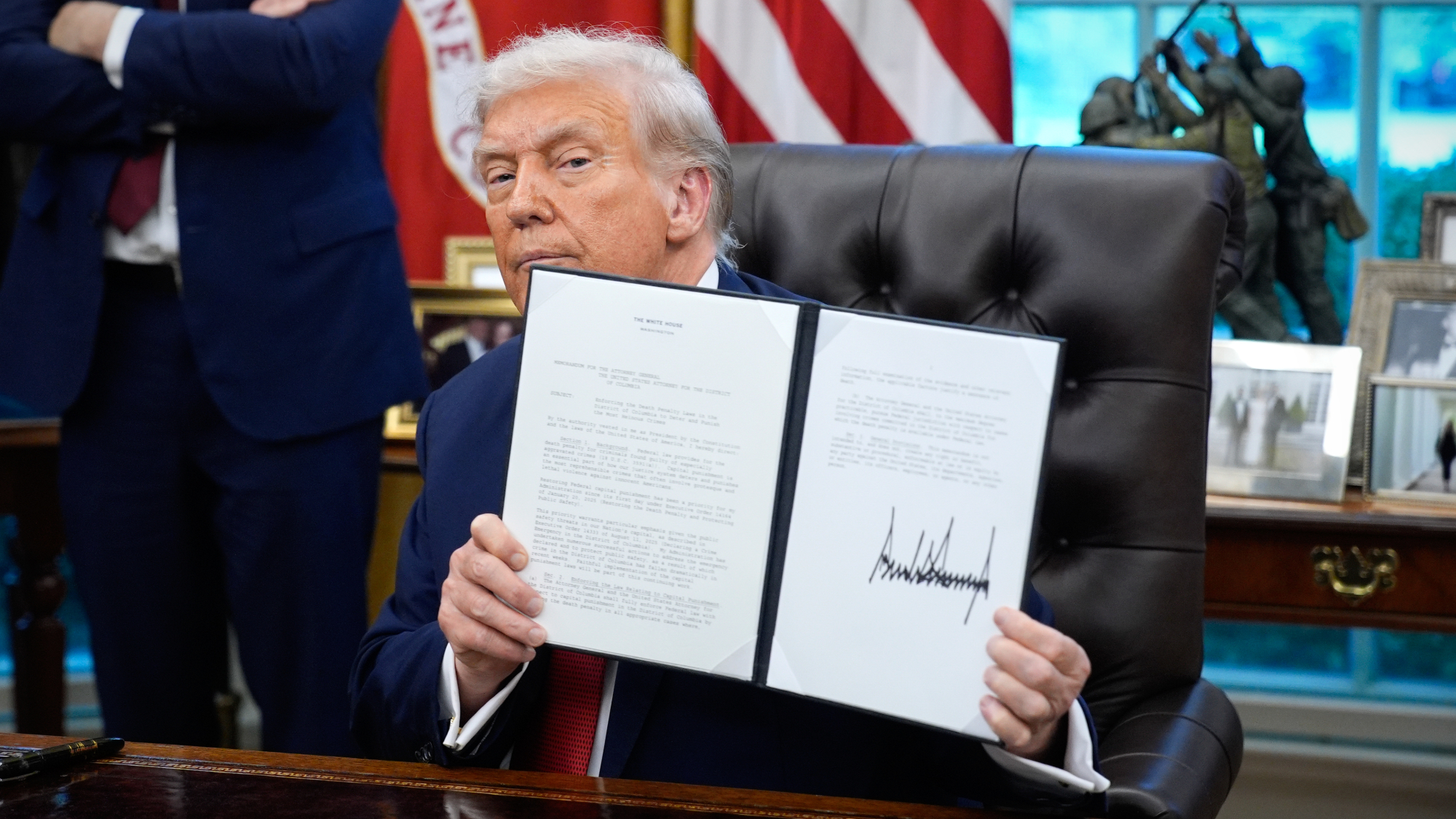 TikTok secures deal to remain in US
TikTok secures deal to remain in USSpeed Read ByteDance will form a US version of the popular video-sharing platform
-
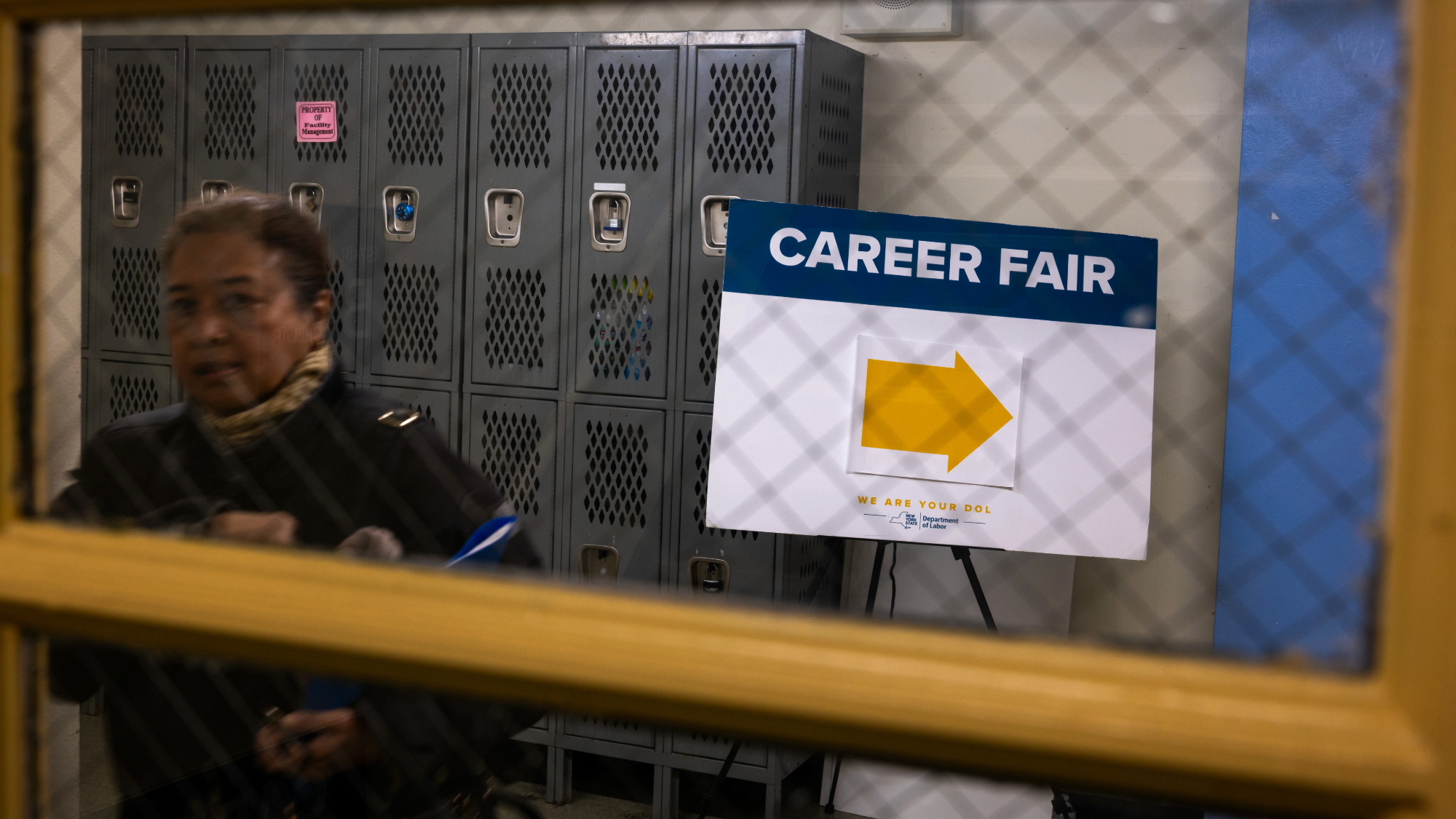 Unemployment rate ticks up amid fall job losses
Unemployment rate ticks up amid fall job lossesSpeed Read Data released by the Commerce Department indicates ‘one of the weakest American labor markets in years’
-
 US mints final penny after 232-year run
US mints final penny after 232-year runSpeed Read Production of the one-cent coin has ended
-
 Warner Bros. explores sale amid Paramount bids
Warner Bros. explores sale amid Paramount bidsSpeed Read The media giant, home to HBO and DC Studios, has received interest from multiple buying parties
-
 Gold tops $4K per ounce, signaling financial unease
Gold tops $4K per ounce, signaling financial uneaseSpeed Read Investors are worried about President Donald Trump’s trade war
-
 Electronic Arts to go private in record $55B deal
Electronic Arts to go private in record $55B dealspeed read The video game giant is behind ‘The Sims’ and ‘Madden NFL’
-
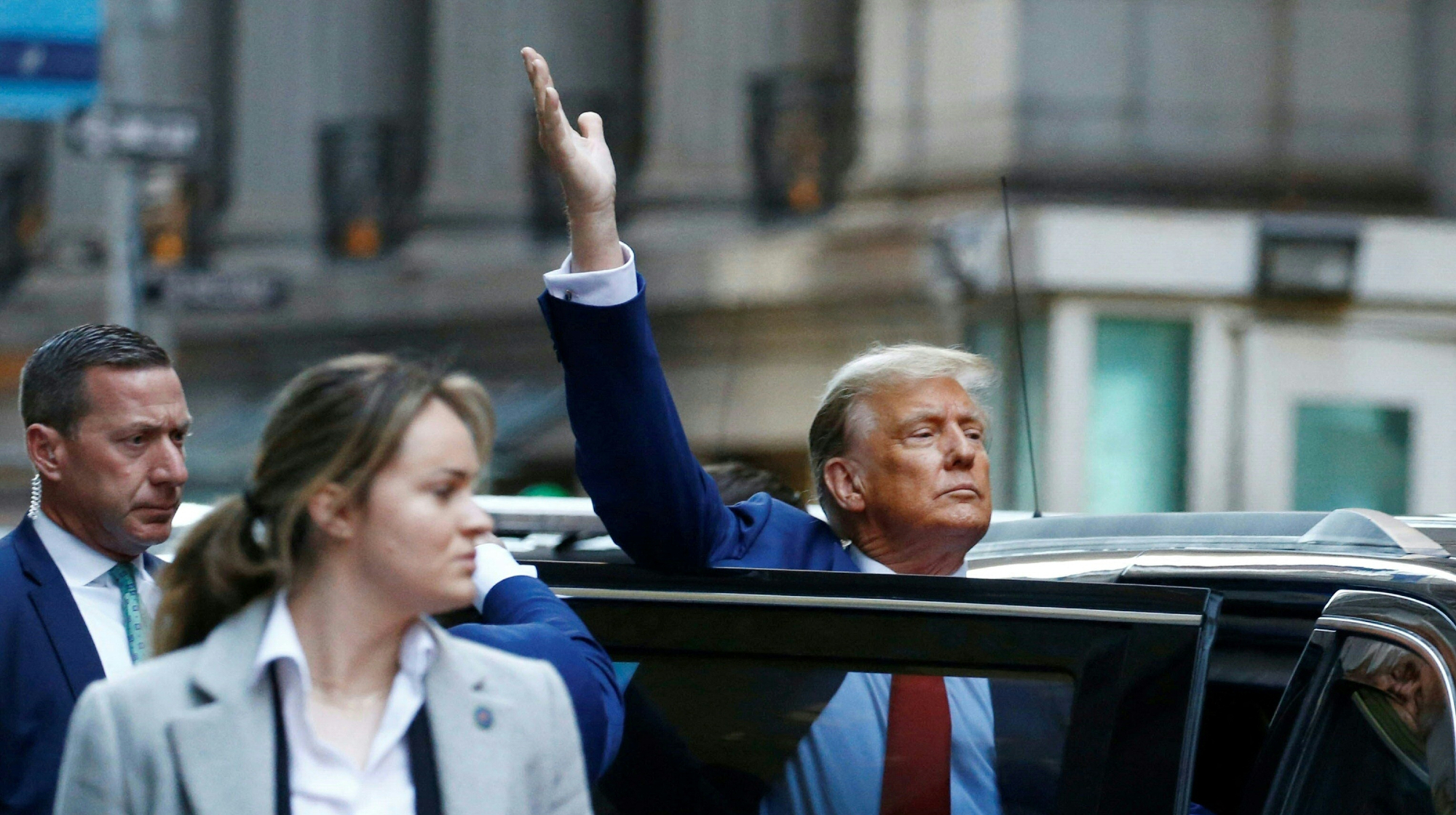 New York court tosses Trump's $500M fraud fine
New York court tosses Trump's $500M fraud fineSpeed Read A divided appeals court threw out a hefty penalty against President Trump for fraudulently inflating his wealth
-
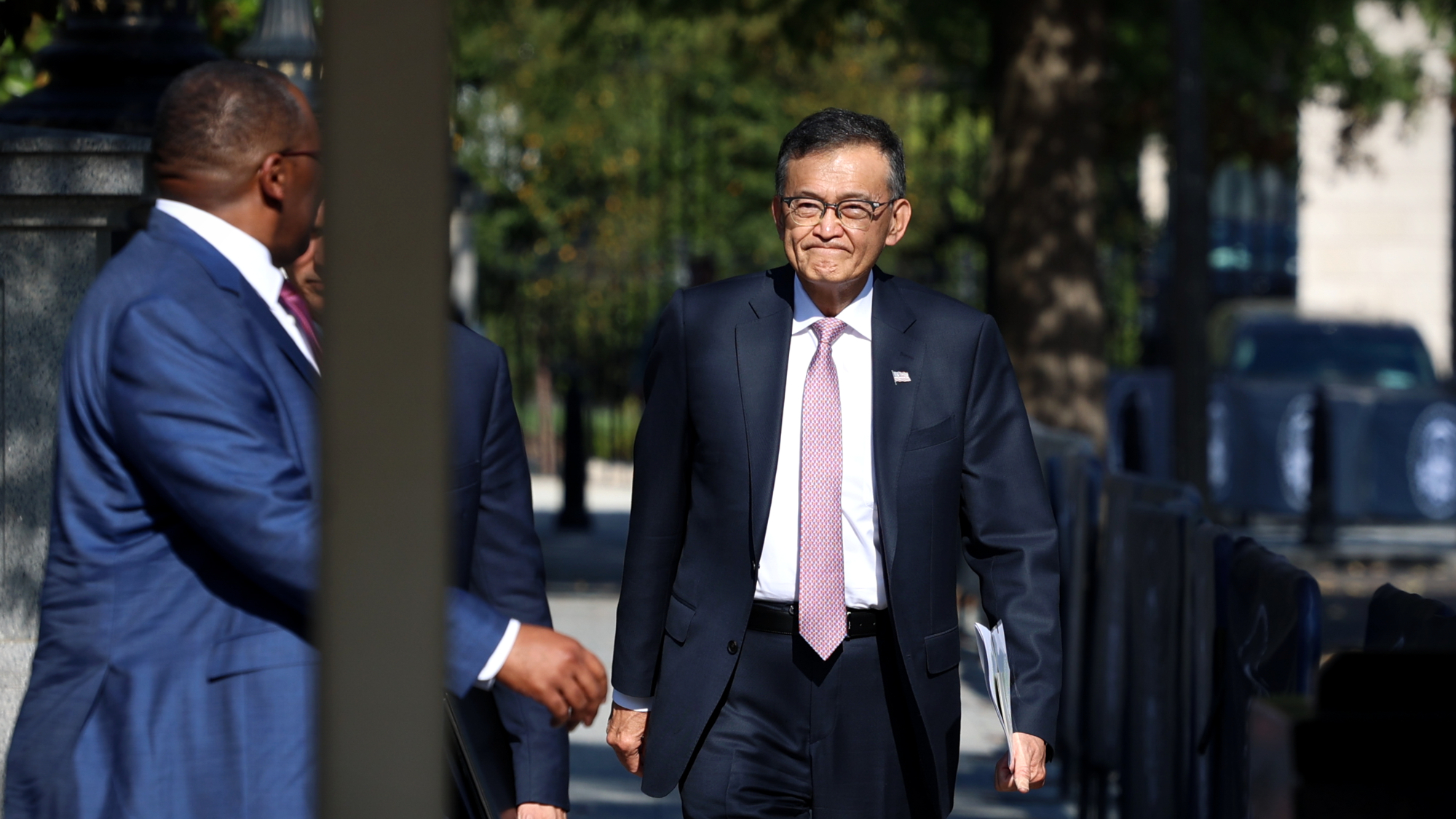 Trump said to seek government stake in Intel
Trump said to seek government stake in IntelSpeed Read The president and Intel CEO Lip-Bu Tan reportedly discussed the proposal at a recent meeting
